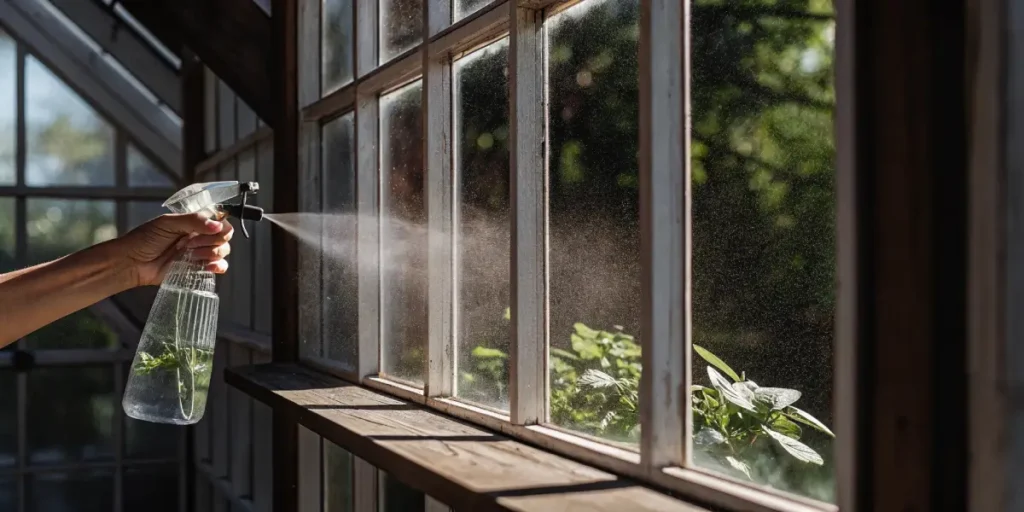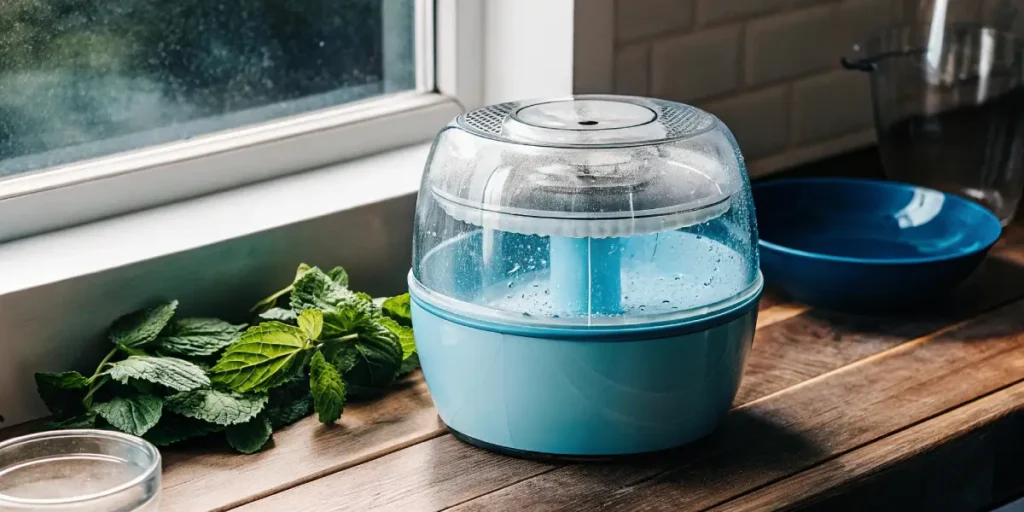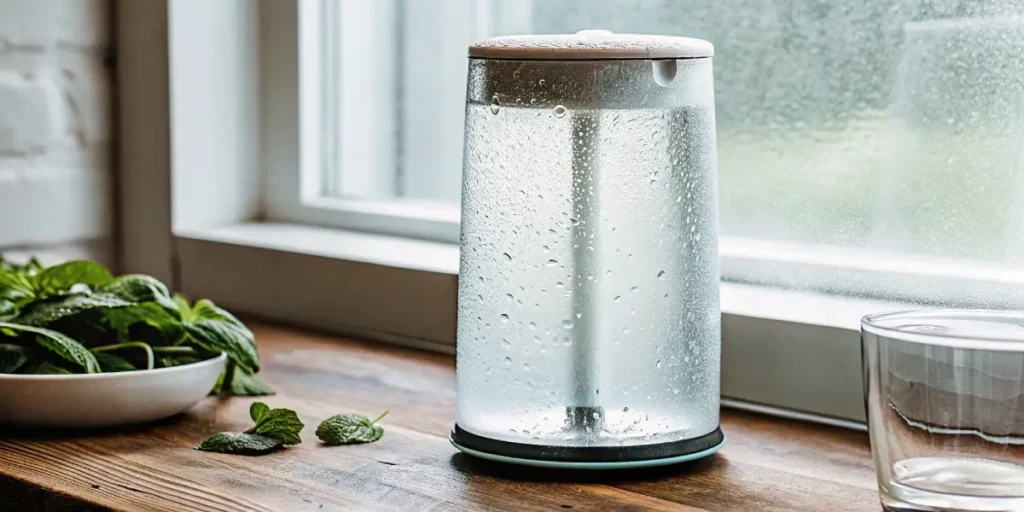Maintaining the right humidity in your curing jar can make all the difference between mediocre and high-quality cannabis. Learning how to raise humidity in curing jar setups is essential for preserving the buds’ flavor, aroma, and potency. When curing cannabis, it’s important to keep the buds at an optimal humidity level to achieve the best results. The process might seem daunting at first, but with a bit of knowledge, you can master it.
Curing jars are a popular choice among growers for preserving the freshness and potency of marijuana. But how do you ensure that the humidity levels are just right? Whether you’re new to this or a seasoned grower, knowing how to raise humidity in curing jar is crucial to your success.
First, let’s talk about the best humidity levels for curing marijuana in jars. Ideally, you want to keep the humidity between 55% and 65% inside your jars. This range helps cannabis to cure slowly, allowing the plant’s natural flavors to develop fully. If your jars are too dry, your buds might crumble and lose their aroma. If they’re too wet, mold can become a problem.
How to Increase Humidity in Cannabis Curing Jar
One simple method to raise humidity in your curing jar is by using a humidity pack. These packs are specifically designed to regulate humidity and can be found at most grow shops. They are easy to use; just pop one into your jar alongside your cannabis, and it will maintain the right environment.
Another effective technique is to include a small piece of damp paper towel or a citrus peel in the jar. This can help increase the moisture level. However, be cautious with this method. Check frequently to ensure that the added moisture isn’t causing mold to develop. It’s an old-school trick, but it can work wonders if done correctly.
Knowing how to increase humidity in cannabis curing jar setups can be a game-changer for growers. Beyond using packs or peels, another method is to lightly mist the interior of the jar with water before sealing it. This can help provide the necessary moisture without over-saturating the buds. Always ensure that any added elements are sterile to avoid contamination.
While experimenting with these methods, it’s essential to be patient and observant. Different strains may react differently to humidity changes, so adapt your approach based on the specific needs of your cannabis. Regularly revisiting your jars and testing different techniques will help you achieve the best results over time.
Choosing the Right Cannabis Strain
The strain of cannabis you choose can also impact the curing process. Some strains, such as Blue Dream, are known for their resilience and ease of curing. Blue Dream is favored by both novice and experienced growers for its balanced effects and flavorful profile.
Another great option is Northern Lights, a strain that is renowned for its quick flowering time and dense buds. Northern Lights is forgiving in the curing process, making it a great choice for beginners.
For those who want a challenge, White Widow offers a robust profile and a bit more complexity in curing. This strain is beloved for its powerful effects and rich aroma, but requires careful attention to humidity levels to reach its full potential.
Strain selection can significantly influence how to raise humidity in curing jar environments. Some strains may retain moisture more effectively, while others might require more frequent attention. Knowing these nuances will help you tailor your curing process to each specific strain, ensuring optimal results every time.
Maintaining Humidity in Weed Curing Jars
Monitoring your jars regularly is key to maintaining humidity in weed curing jars. Invest in a hygrometer, a small device that measures the humidity levels inside your jars. This tool is essential for ensuring your buds stay within the optimal humidity range.
Check your jars daily, especially during the first few weeks of curing. If you notice the humidity dropping, don’t panic. Simply adjust by adding a humidity pack or using one of the techniques mentioned earlier. Consistent monitoring will help you identify issues before they become problematic.
Maintaining humidity in weed curing jars is an ongoing process. Regularly rotating the jars can help ensure even distribution of humidity among the buds. This practice prevents certain areas from becoming too dry or too moist, promoting a uniform curing environment.
It’s also beneficial to label your jars with the date and strain information. This allows you to track the curing progress and make adjustments as needed. Maintaining a log of humidity levels and any interventions you make can provide valuable insights for future curing sessions.
Raising Humidity for Jarred Cannabis Curing
Raising humidity for jarred cannabis curing can sometimes require a bit of experimentation. Different environments can affect how your cannabis cures. If you live in a particularly dry area, you might need to take extra steps to maintain humidity levels.
Consider your storage location as well. A cool, dark place is ideal for curing cannabis. Avoid areas with direct sunlight or fluctuating temperatures, as these conditions can alter the humidity levels inside your jars.
In environments where the ambient humidity is low, using a room humidifier can be a great solution. This device can help create a more favorable climate for your curing process. Just ensure that the humidifier’s output does not saturate the jars directly, but rather maintains a consistent room humidity.
By knowing the unique challenges of your environment, you can effectively strategize how to raise humidity in curing jar setups. Whether through equipment or natural methods, the goal should always be to create a stable and suitable environment for your cannabis to cure properly.

Optimal Humidity for Curing Jars of Marijuana
Achieving the optimal humidity for curing jars of marijuana is a balancing act. Too much moisture can lead to mold, while too little can dry out your buds, robbing them of their aroma and potency. Aim for that sweet spot between 55% and 65% humidity.
When storing your jars, take note of the ambient humidity of the room. If necessary, use a room humidifier to maintain consistent conditions. This can be especially helpful in dry climates where natural humidity levels are low.
Knowing the best humidity levels for curing marijuana in jars is essential for achieving a high-quality end product. It’s not just about preventing mold and dryness; it’s about allowing the natural terpenes and cannabinoids to mature and develop fully, enhancing the overall experience.
Creating an optimal curing environment goes beyond just humidity. Temperature control is equally important. Aim to store your jars at a consistent temperature, ideally between 60-70°F, to complement the humidity levels, ensuring a perfect curing process.

FAQs
Why is humidity important in curing jars?
Humidity plays a crucial role in preserving the quality of cannabis. It affects the flavor, aroma, and potency of your buds. Without the right humidity levels, cannabis can dry out, losing its essential oils, or become too moist, leading to mold growth.
By maintaining the optimal humidity range of 55% to 65%, you ensure that your cannabis cures slowly and evenly. This allows the plant’s natural characteristics to develop fully, resulting in a better overall experience when consumed.
How to raise humidity in curing jar environments is a common question among growers, and for good reason. Proper humidity ensures that the curing process enhances the natural qualities of cannabis, rather than diminishing them. When done correctly, the result is a product that meets the highest standards of flavor and potency.
Humidity is critical not only during curing but also in long-term storage. After curing, maintaining the right humidity prevents your cannabis from degrading over time, preserving its quality until consumption.
What are the risks of low humidity in curing jars?
Low humidity in curing jars can cause cannabis to dry out too quickly. This rapid drying process can make your buds brittle and harsh to smoke. Additionally, it can lead to a loss of terpenes, which are responsible for the unique flavors and aromas of different strains.
To avoid this, regularly check the humidity levels in your jars and take corrective actions if necessary. Using humidity packs or other moisture-adding techniques can help maintain the right environment for your cannabis.
Raising humidity for jarred cannabis curing is essential in preventing the negative effects of low humidity. Without adequate moisture, the chemical balance of the cannabis can shift, impacting not just taste and aroma but also the overall efficacy of the product.
Low humidity can also affect the visual appeal of your cannabis. Buds may appear dull and lackluster, which can be unappealing to consumers who prioritize aesthetics in their product selection.
How often should I check the humidity in my curing jars?
It’s advisable to check the humidity in your curing jars daily, especially during the initial stages of the curing process. This frequent monitoring helps you catch any fluctuations early, allowing you to make necessary adjustments before problems arise.
Using a hygrometer can simplify this task. By providing real-time data on the humidity levels inside your jars, you can ensure your cannabis is curing under optimal conditions.
Consistent monitoring is key in maintaining humidity in weed curing jars. As the curing process progresses, you might find that the frequency of checks can be reduced, but maintaining a regular schedule will minimize the risk of humidity-related issues.
For long-term success, develop a routine that includes checking not just the hygrometer readings, but also the physical condition of the buds. This holistic approach ensures that both qualitative and quantitative factors are considered in your curing process.
Can I use fruit peels to increase humidity in jars?
Yes, fruit peels, such as those from oranges or lemons, can be used to increase humidity in your curing jars. They release moisture slowly, which can help raise the humidity levels. However, they can also introduce a risk of mold if left unchecked.
To use this method, add a small piece of peel to your jar and monitor it closely. Remove the peel after a few hours or once the desired humidity level is reached to prevent any adverse effects.
While fruit peels are an effective way of how to increase humidity in cannabis curing jar settings, they also impart a slight fragrance to the buds. This can be desirable or detrimental, depending on personal preference, so use this method thoughtfully.
For a more controlled approach, consider combining fruit peels with humidity packs. This dual method can provide the immediate boost needed from the peels, while the packs maintain the desired level over a longer period.
What should I do if I find mold in my curing jars?
If you discover mold in your curing jars, it’s essential to act quickly. Remove the affected buds immediately to prevent the mold from spreading. Inspect the remaining cannabis closely for any signs of contamination.
To prevent future mold growth, ensure your jars are kept within the optimal humidity range and practice regular “burping” to release excess moisture. This proactive approach can help keep your cannabis safe and potent.
Dealing with mold emphasizes the importance of knowing how to raise humidity in curing jar environments safely. Prevention is always better than cure, so maintaining vigilance and a proactive stance will save both your time and your harvest.
In severe cases of mold, it may be necessary to discard the affected batch entirely. Learning from these experiences will help you refine your methods and prevent similar issues in future curing sessions.

